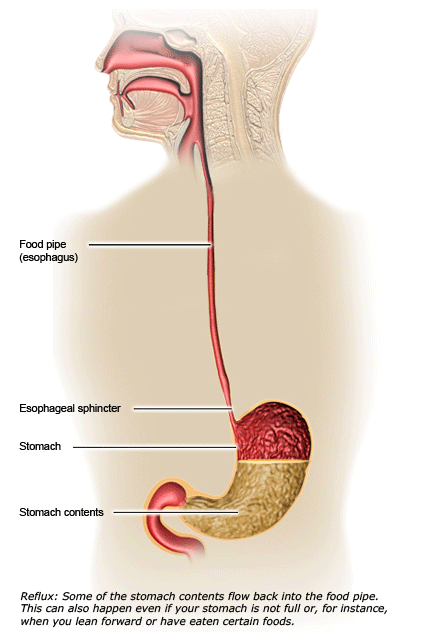Introduction

Many people have heartburn every now and again after eating a large meal, and will be familiar with the unpleasant burning feeling in their chest, just behind their breastbone. Occasional acid reflux is normal too. This is where stomach contents flow back up (regurgitate) into your throat and mouth. Up to 20 out of 100 people living in Western countries regularly have problems like heartburn or regurgitation. Although both of these can be unpleasant, they don't usually lead to other health problems. But if you have very frequent or severe heartburn and often have acid reflux, you may have what is known as “gastro-esophageal reflux disease,” or GERD for short. The word "gastro-esophageal" means that the stomach and food pipe (esophagus) are affected.
The passage between the food pipe and stomach is closed most of the time. It only opens when swallowed food reaches it. It closes again once the food has entered the stomach. This ensures that the contents of the stomach don't flow back.
If the stomach is stretched a lot – for instance after a large meal – the sphincter (circular muscle) at the entrance to the stomach might temporarily loosen. Gas or stomach contents might leak up into the food pipe as a result. The sphincter may also sometimes open for no apparent reason. The digestive fluid in the stomach contents irritates the lining of the food pipe, and that is felt as heartburn. If stomach juices stay on the lining of the food pipe for some time, the food pipe might become inflamed and painful.

